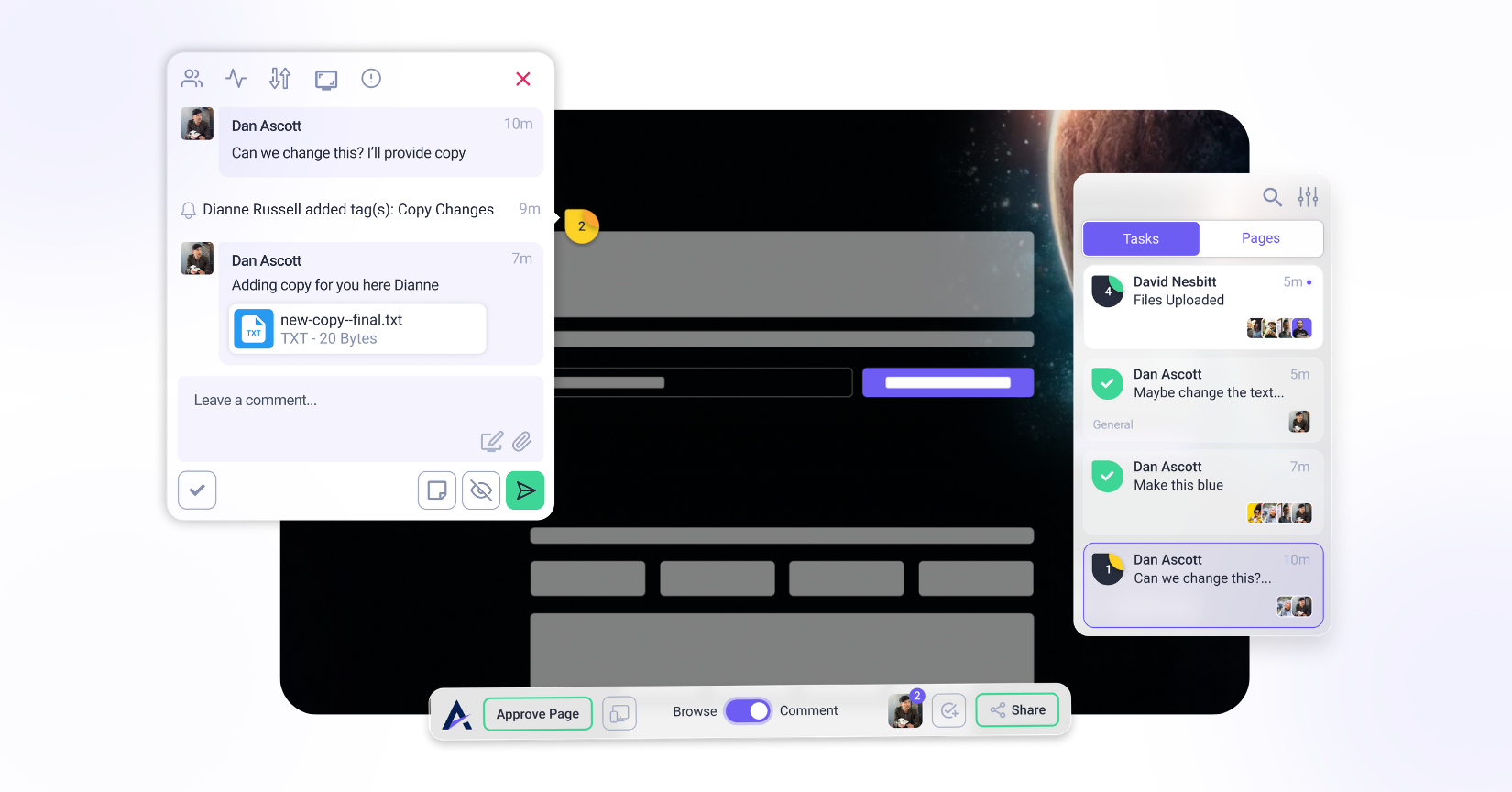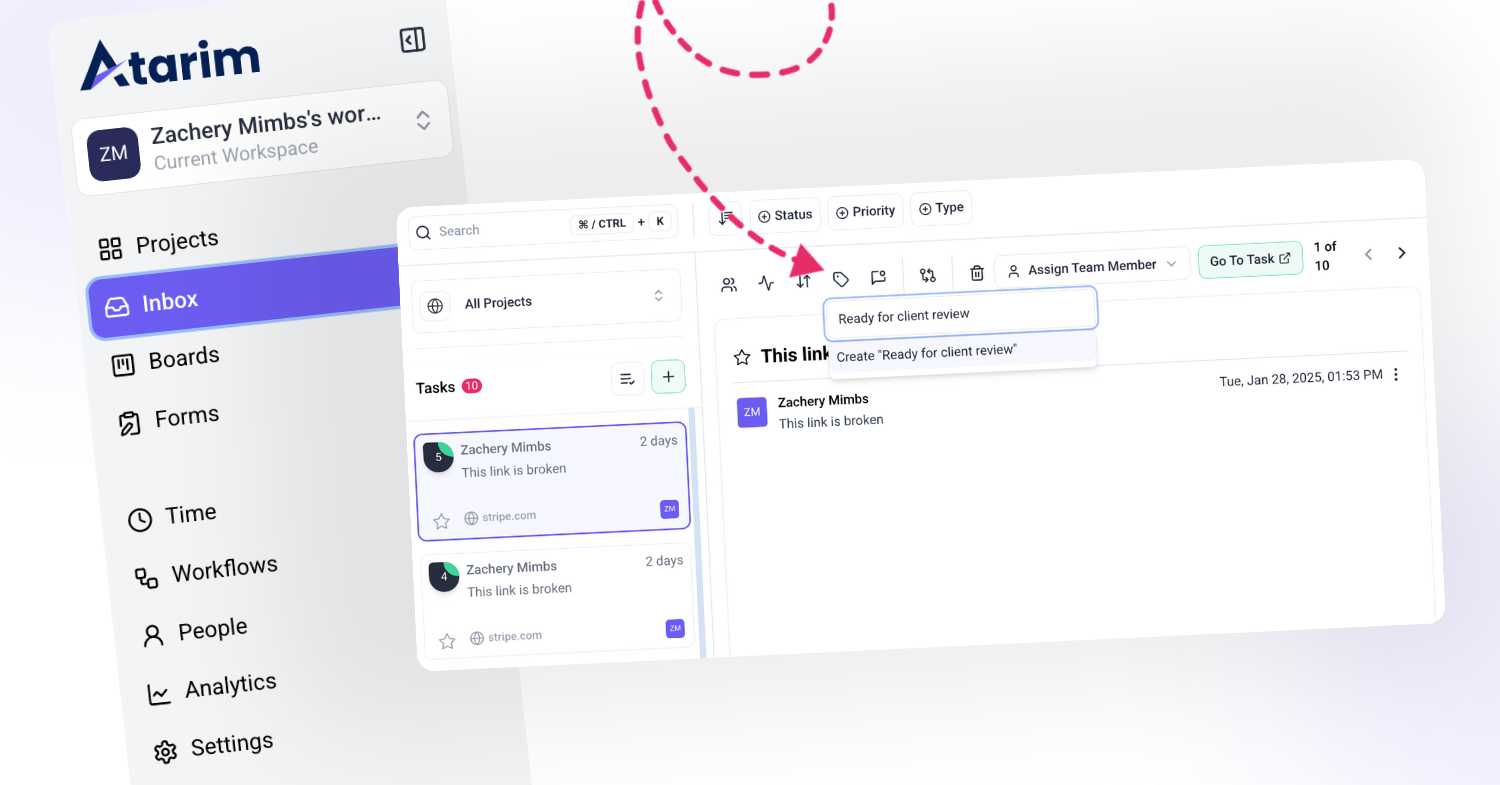When a web project falls behind schedule, it’s rarely because of some unexpected catastrophe. More often, it’s the slow creep of miscommunication, the vague brief that never got clarified, or a moment of lost momentum that derailed weeks of effort.
After leading the delivery of more than 600 projects and building a platform that supports tens of thousands of creative professionals around the world, we’ve learned what causes these delays, and more importantly, how to fix them.
In this article, I’ll walk through the three most common causes of project delays, how to identify them early, and how structured systems, thoughtful planning, and the right tools can help any team stay on track.
1. Lack of Clarity: Poor Discovery Leads to Slow Projects
One of the most common ways to derail a project is to start without full alignment. When the team is unclear about what success looks like, what the final deliverable should accomplish, or even why it’s being built in the first place, problems begin to pile up quickly.
At Atarim, we rely on what we call the six P’s: proper planning prevents poor performance. This mindset ensures that every initiative starts with a strong foundation.
Here is what that foundation includes:
- A single-sentence summary of the deliverable
- Alignment with the broader product or business strategy
- A clear list of anticipated benefits and outcomes
- A review of competitors and sources of inspiration
- Success metrics defined upfront
- Identified risk factors and technical concerns
- A breakdown of user personas and their goals
This process applies whether we are launching a new product feature or delivering a website for a client. In both cases, clarity drives faster outcomes.
To speed up this planning process without sacrificing depth, we also use a dedicated internal AI system trained on our platform and workflows. It helps us create these discovery documents more efficiently while ensuring alignment with our long-term vision.
Skipping these steps often results in miscommunication and rework. When that happens, timelines stretch and trust erodes. A little upfront effort in discovery pays off significantly down the line.
2. Unstructured Feedback Cycles: The Invisible Delay
Another major contributor to delays is the lack of structure around feedback. In many teams, feedback is inconsistent, unclear, or arrives too late. The result is confusion about what is approved, what needs revision, and when things are supposed to move forward.
This problem can manifest in several ways:
- Stakeholders do not know when their feedback is expected
- Teams do not clarify the type of input they need
- Feedback cycles drag on while development continues, introducing risk
You have to have your processes in place to deal with these things. Atarim addresses this by integrating feedback directly into the product workflow. Clients and team members can leave visual comments directly on live websites or mockups, creating instant clarity.

Instead of collecting vague comments by email or on spreadsheets, every piece of feedback is tied to a specific task, location, person, and deadline.
Overcommunication always helps. Mapping out milestones, sharing them with stakeholders, and actively managing each stage avoids the cycle of endless revisions and missed expectations.
3. Loss of Momentum: How Projects Drift Off Course
Even with strong discovery and well-managed feedback, projects can still stall if momentum is not protected. This is particularly common in agencies that manage multiple clients simultaneously. A project might start strong, only to sit idle for days or weeks while waiting for client input or internal reviews.
The longer a project sits untouched, the harder it becomes to restart. This leads to compounded delays, as team members shift their focus elsewhere and clients lose urgency.
Momentum must be actively maintained. One way to do this is by setting aggressive but achievable delivery schedules right from the start. For example:
- Client signs agreement on Monday
- Discovery call is held on Tuesday
- Initial deliverable is sent by Wednesday morning
- Feedback is requested that same day
This rapid cycle creates a pattern of responsiveness and engagement. It also establishes credibility early in the relationship. The project feels alive and important, and both the team and client are more likely to stay focused.
We often compare this to a banking relationship. At the start of a project, the client has already made a withdrawal by paying a deposit. From that moment forward, it is up to the team to make consistent deposits of value in the form of progress, clarity, and deliverables.
Doing so builds goodwill, reinforces trust, and keeps the project on track.
Scope Creep is Not a Problem, Poor Management Is
One final note worth addressing is scope creep. Many teams view it as a threat to timelines and profitability. But with the right systems, scope creep can become a strategic opportunity.
If a client or stakeholder requests something new mid-project, that interest should be welcomed. It means they are engaged and thinking creatively.
Rather than saying no, we recommend a “not right now” approach. Log the request, tag it as a future phase, and schedule a follow-up conversation post-launch. This approach creates a backlog work for you and your team during slow months.
Inside Atarim, tasks can be tagged, categorized, and filtered easily. That means teams can maintain the current scope while capturing new ideas for later expansion. This not only protects the project timeline but often leads to increased client retention and follow-on work.

Turning unexpected ideas into structured plans is a mark of a high-performing team.
Conclusion: Delays Are a Choice, Not a Destiny
Every project faces risks. But missed deadlines, excessive revisions, and stalled momentum are not unavoidable. They are almost always the result of preventable gaps in planning, communication, and process.
At Atarim, we’ve built our platform around solving these exact problems. We believe that creative work should be fast, clear, and collaborative. The right tools, combined with proven workflows, can dramatically reduce delays and improve client satisfaction.
The most successful agencies and product teams are not the ones with the most talent or budget. They are the ones who build systems that prevent delays before they start.
Next Steps
If your team is ready to streamline discovery, eliminate guesswork in revisions, and deliver faster without sacrificing quality, Atarim can help.
Click here to add your first website and take the next step toward more predictable and profitable project delivery.



